The Fundamentals of Baking Cookies
I honestly don't make a lot of sweets. I'm not fond of overly sugary things. I've had the same bag of snacking chocolate chips in the freezer for 6 months. I almost never make desserts. And baking cookies is almost the only thing that I can muster sometimes! But part of this is because I find baking tedious.
This all boils down to the fact that baking is precise. There's no winging it and hoping that it will turn out. When you put a cookie, cake, pie, muffin, or loaf of bread in the oven, there is no coming back from that! It either works or it doesn't. And there is very little wiggle room in the middle! You can't add other ingredients to balance out too much salt. There's no making it rise again if it sinks in the center. And, if it's dense? There's no lightening it up after the fact!
You just have to put the batter or dough in the oven and hope that you did everything right. Which, quite frankly, absolutely terrifies me!
I'm a wing it kind of chef. I'll look at a couple of recipes, identify the main components, scoff at the things that absolutely won't work because food styling is a real thing and that dish isn't supposed to be sitting on a bed of mashed potatoes (no joke, a good amount of the fake stuff in food styling is mashed potatoes), and then do my own thing. But you can't do that with baking! You have to precisely measure, follow instructions down to the last detail, and actually do what you're told to do. And, even then, there are so many points of potential failure that it's easy not to give up on the endeavor entirely!
Cookies are a worthwhile endeavor to master, though. They're not nearly as difficult as making bread (which we all probably discovered this last year during quarantine!), they absolutely taste better than store-bought cookies, and there are some easy to follow basics that almost guarantee success. Those things that, no matter what cookies you're baking, are pretty much universally followed. If not explicitly necessary in order for them to turn out!
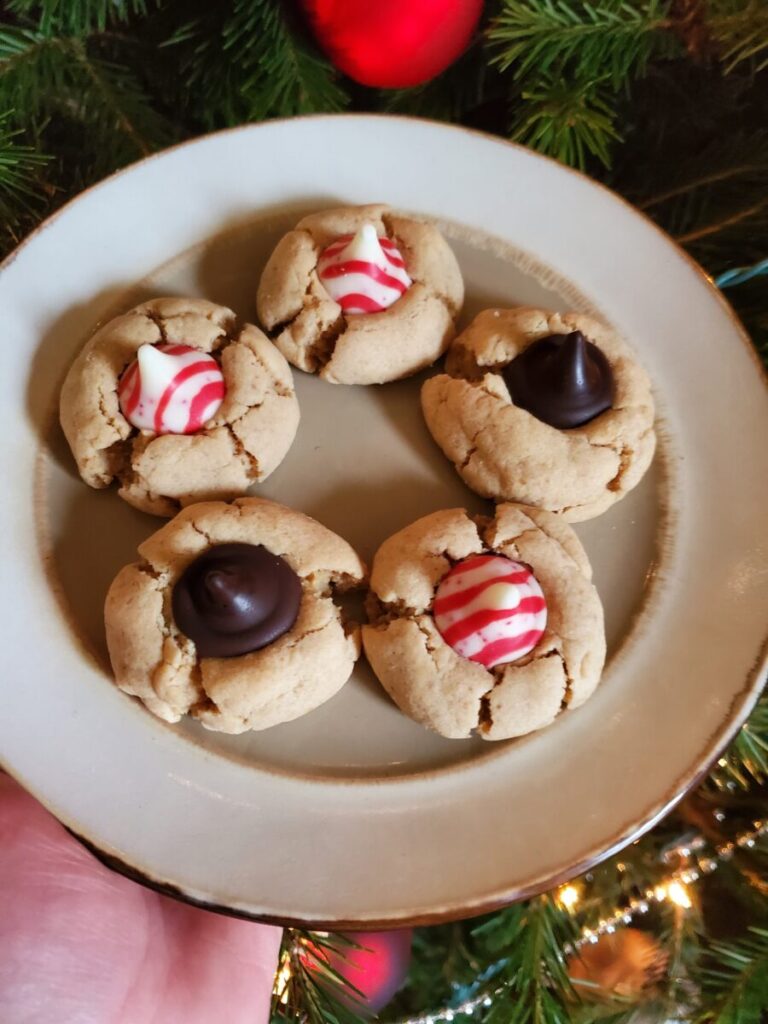
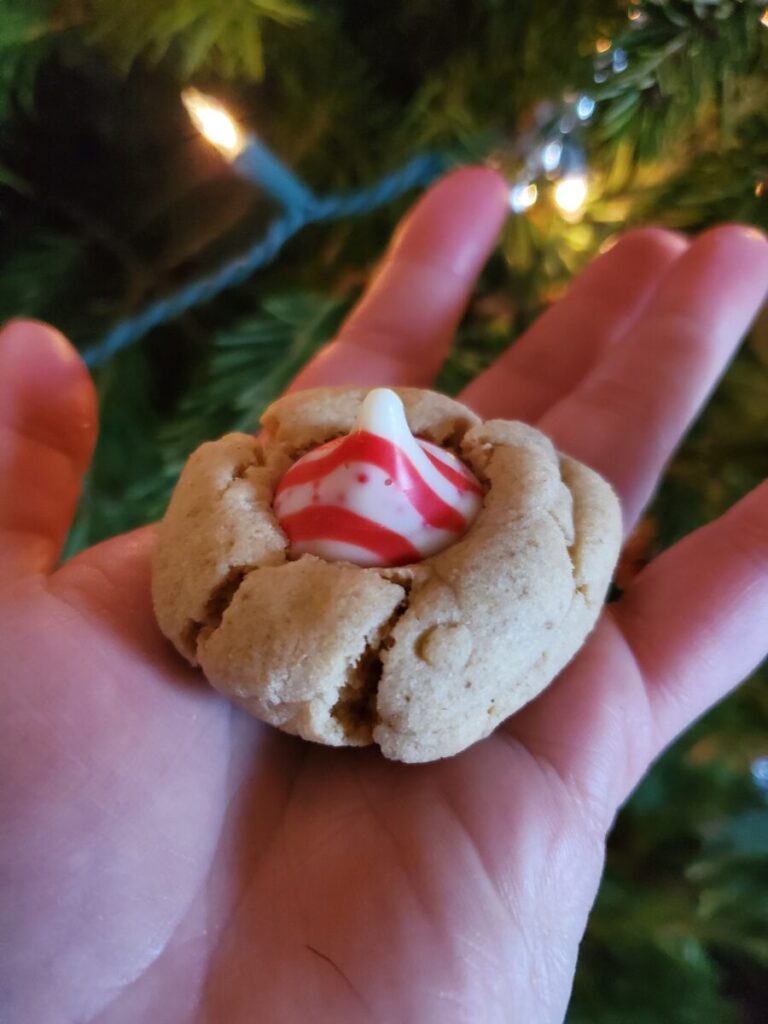
Pitfalls of Baking
There are several reasons that baking cookies can be tedious. And it's largely because baking itself is very precise and requires exact measurements. These might sound like the same thing, but bear with me. They're more flip sides to the same coin.
Baking is Precise
Let me repeat that: THE BAKING PROCESS IS VERY PRECISE!!
It's all about ratios and there are very specific rules that are't really breakable. If the butter isn't completely softened? The cookies won't turn out. If you add slightly too much flour? The cookies won't turn out. If you overcook for 60 seconds? The cookies won't turn out!
And there's often no remedying this. By the time that you've encountered a problem, it's already too late to fix it. You can't go back and unbeat flour! Your only option is to go with them as is or start over again.
That's why it's important to read the directions carefully and not deviate from this process.
Baking Requires Exact Measurements
There's a reason that a lot of recipes have weights or require sifting or carefully leveling off. That's because baking revolves around ratios. More specifically, you need a precise ratio of fat to flour.
I don't necessarily enjoy this aspect of baking. I like looking at a bunch of recipes. Picking and choosing the things that I like and don't like. And then inevitably doing my own thing, anyway.
This is not possible when baking cookies!
You can't just say that you want to add less butter or sugar. You can sometimes substitute, but you can't omit. It has to be replaced with another fat, like coconut oil, or with some other sweetener, like honey or maple syrup.
The recipe simply won't work out if you add or subtract at whim or by accident. You really do have to measure the ingredients out precisely and follow the recipe to a T.
So don't even think about deviating! If you're missing an ingredient? Go borrow sugar from your neighbor. If you missed a step? Start over. If something doesn't look right? Recheck the recipe because there is very little wiggle room here.
If you've baked enough cookies, you may be able to look at a batter and immediately pinpoint that it doesn't have enough flour and be able to correct for this. This is only if you know precisely what the consistency is supposed to be, though. And under very few circumstances would I ever recommend deviating from a recipe! But I have done this before.
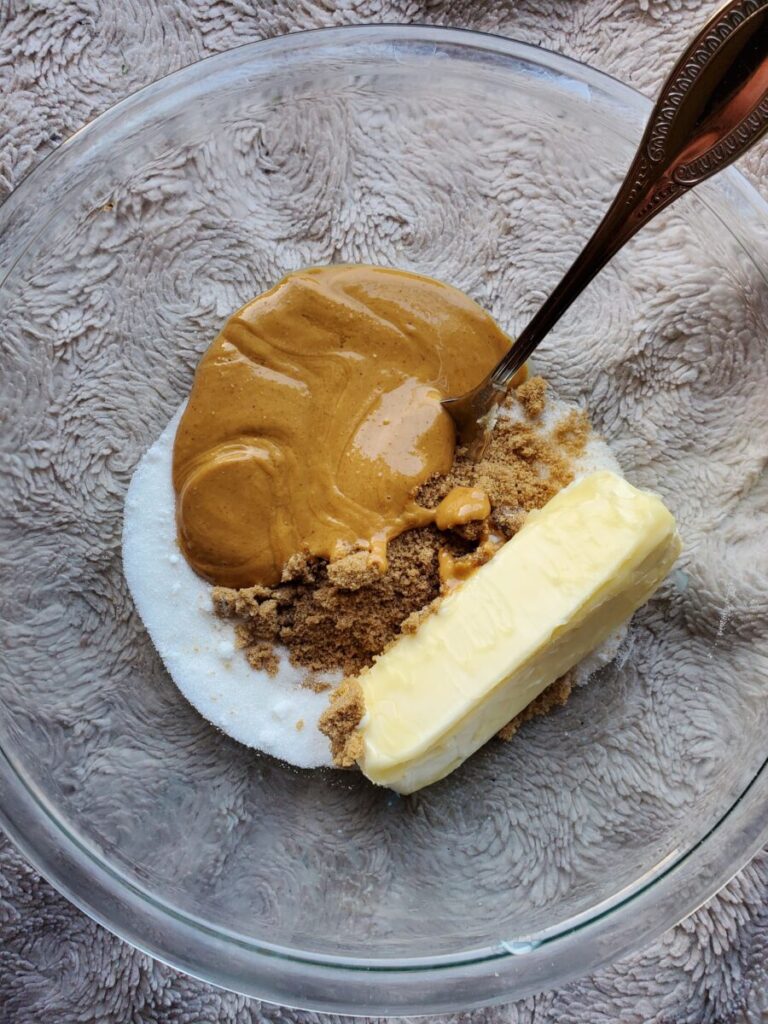
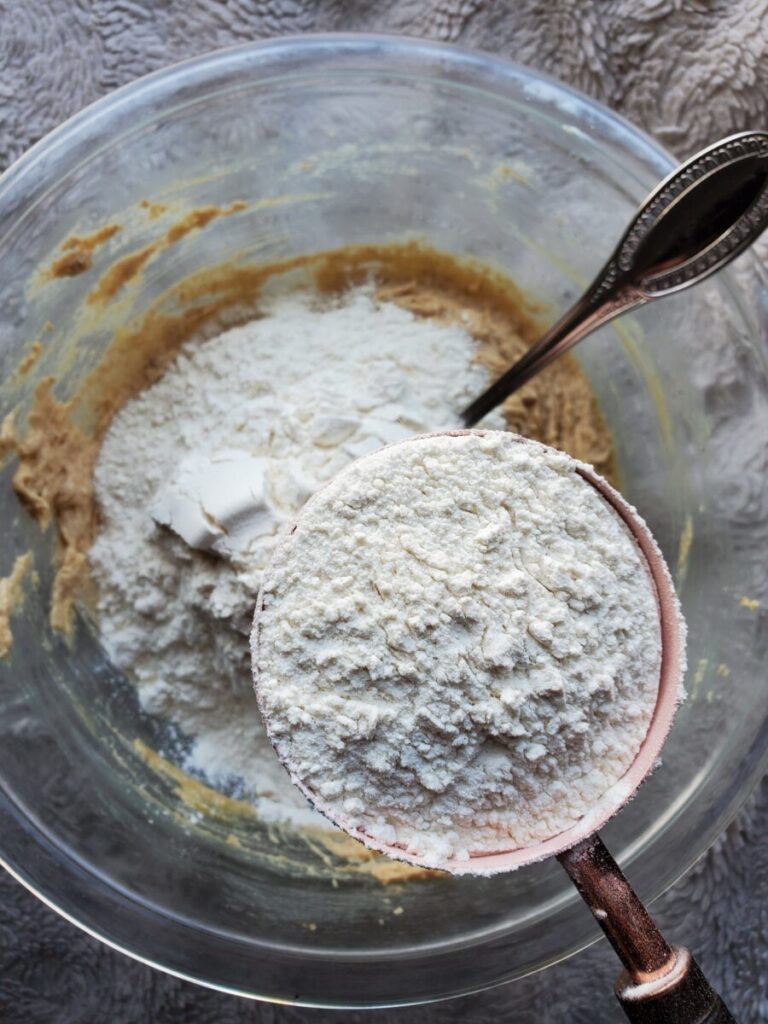
Ingredients
One of the basics of baking cookies is using particular ingredients. There is some wiggle room with substituting certain alternatives and I have seen this done correctly with a good result.
But we all know (or imagine) what sugar-free, dairy-free, and gluten-free cookies taste like. And it kind of defeats the purpose of making sweets! I'm more in the camp that, I'd rather eat less sweets and enjoy them than have sub-par cookies.
There is a time and place for healthier options, like diabetic recipes or avoiding legitimate allergens when baking. I have dabbled in this and it is possible. There are bakeries that have come up with much more intricate means of adding leaveners and stabilizers that I don't even remotely want to get into. But that is an entirely different process and a separate article. For the purposes of this tutorial, I am focusing specifically on full fat, full sugar, glutenous cookies.
A good rule of thumb is: don't overcomplicate things. For the best results when baking cookies, use unsalted real butter, baking sugar and/or dark brown sugar, and unbleached, unbromated, and unenriched all-purpose flour.
Butter
One of the most fundamental ingredients is the butter. Beating the butter and sugar together until light and fluffy is one of, if not the most, important step. So, starting with the butter is incredibly important!
At first, butter might seem like butter. I know that I buy the same one all of the time (usually in bulk at Costco) and don't ever think about this.
But there is a method for choosing butter for cookies!
One thing that you do have to consider is salted or unsalted butter. For baking, I prefer unsalted.
Salted butter works great for cooking, basting, and spreading on toast. There's also a great place for salt in some baking recipes, particularly with chocolate or caramel recipes.
But salt doesn't work in everything! And, when you're making a recipe that requires salt, adding salt is usually a distinct step. If you already have salted butter and then add more salt, you run the risk of over salting. And there's nothing worse than salty cookies!
I feel like this goes without saying, but also make sure to choose real butter. I Can't Believe It's Not Butter or vegan butter alternatives is an entirely separate science experiment. These cannot be substituted in the same way and require additional steps and accounting for!
Save yourself the hassle and just use butter that is actually butter.
The only ingredient in butter should be cream. With the possible exception of salt and/or some kind of stabilizer. But avoid butters with any additional oil or ingredients that you don't recognize.
Your butter should be just that: butter.
Sugar
Sugar is the next most important ingredient in the creaming of butter and sugar stage that starts out the cookie baking process. I would argue that choosing the right sugar is less important than the right butter, but there is still something to be said here.
Baking sugar works the best. It has a finer granule and tends to whisk more easily with the butter. A coarse sugar will be far more difficult to fully incorporate. You may still see bits of sugar granules in the mixture. And this is not what you want in cookies!
Sugar melts when it's baked. If you have granules of sugar that aren't completely mixed in, they will liquify and potentially caramelize and burn. While accidentally making caramel might sound delicious! What really happens when you do this on accident is that the sugar oozes out of the cookie and creates little puddles that burn into the pan.
You don't have to use a fine sugar or baking sugar. It isn't explicitly necessary. But it can help if you struggle with getting the sugar entirely incorporated.
Some recipes call for powdered sugar as well. This is a much finer sugar than you typically need. Most cookies do just fine with a granular or baking sugar.
If you've entirely run out of sugar, powdered sugar can work in a pinch. You won't get the exact same consistency because this sugar is far more dense. There will be far more sugar in a cup of powdered sugar than in a cup of granular sugar because the granules are so much smaller and therefore there will be less air in between them (think a cup of ice vs. a cup of crushed ice). That's why a lot of recipes call for weights of ingredients rather than measuring.
Brown sugar is the last main type of sugar that you will encounter when baking cookies. This is simply granular sugar with molasses. Light vs. dark brown sugar is just the amount of molasses present. The darker sugar will have more molasses and consequently have a richer taste.
A lot of this is personal preference, though. Some recipes will call for one over the other. But it won't affect the way that the cookies bake.
If you don't know whether to use one over the other and the recipe doesn't specify? Generally I would recommend dark brown sugar. If you're going for that richer molasses taste, why not go for it?
However, if you don't have dark brown sugar, even if the recipe does call for it, don't fret. There won't be a huge difference here. You can easily substitute one for the other.
Flour
Cookies almost exclusively call for all-purpose flour. I can't think of a single recipe in which you wouldn't. Bread flour would be too dense and cause more of a cookie loaf. Pastry flour would work, but this can thin out the cookies too much.
Substituting another type of flour can throw throw off the gluten ratios. I know that we live in this day and age that demonizes gluten. But it's a key ingredient in making baked goods rise (along with some kind of leavener, like yeast, baking soda, or baking powder). When you're using different flours, though, you usually can't just do a 1x1 ratio,. You often have to substitute both the flour and other leaveners, stabilizers, and other ingredients to create a similar consistency. Like I said, this is an entirely different beast.
Generally speaking, just don't mess with flour. There's no reason to overcomplicate recipes. Some people try for "cake cookies" and such, which are possible. But kind of gimmicky and ordinarily require slightly different baking processes.
Just do yourself a favor and use actual all-purpose flour!
I also tend to look for unbleached, unbromated, and unenriched flour. None of this is necessary and some of it is potentially hazardous.
You don't need to add bleach to flour. There's a whole racist history behind this one! And it's absolutely not necessary. Unbleached flour has a very pleasing, warm hue. If you're adding butter, brown sugar, chocolate, etcetera, your cookies are going to have an off-white or brown hue, anyway. And a perfectly white cookie would be kind of off-putting.
Potassium bromate is added to a lot of flours as an artificial rising agent, but is banned in a lot of countries because it's a carcinogen (NOT in the United States. It's still in a large quantity of flour here and I would highly recommend looking for this and making sure that it isn't added).
Enriched flour sounds like it's adding something. But, really, it's the exact opposite. Enriched flour has had the vitamins and minerals stripped out of it. This results in a slightly finer texture. But again, is entirely unnecessary and makes something that is already bad for you even worse!
If you're looking for gluten free or making flour alternative cookies as well, there aren't a lot of 1-1 ratios here. This is an entirely different beast that will likely require some more tweaking to get a similar consistency.
For the purpose of this article and the basics of baking cookies, just use unbleached, unbromated, and unenriched all-purpose flour!
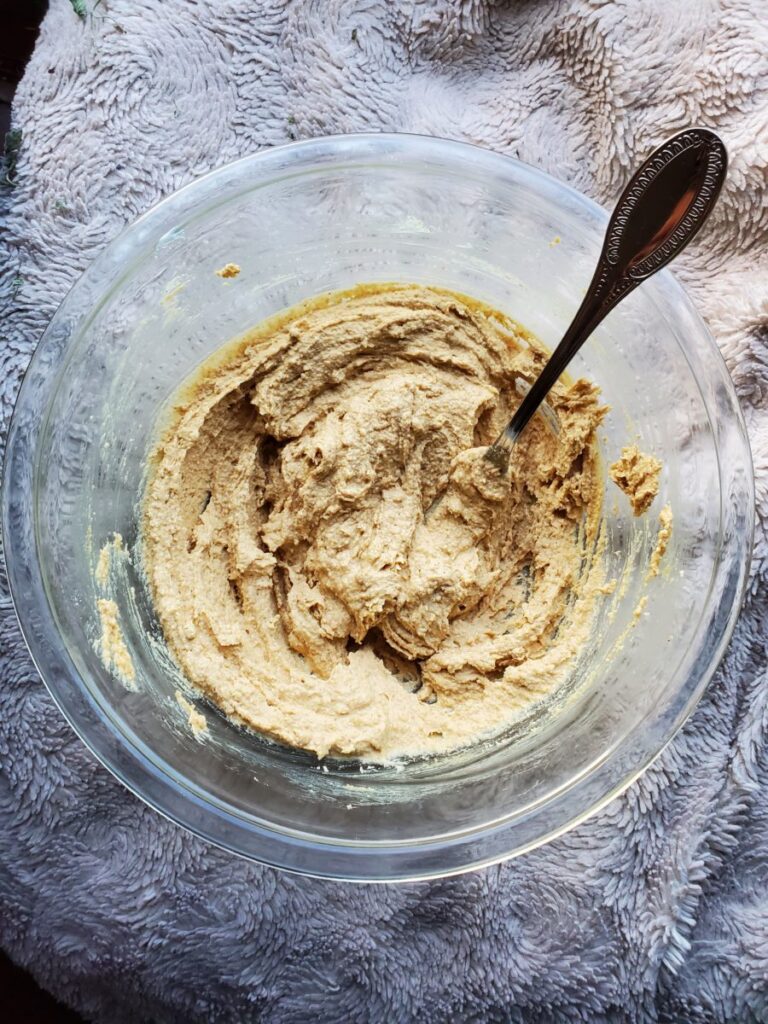
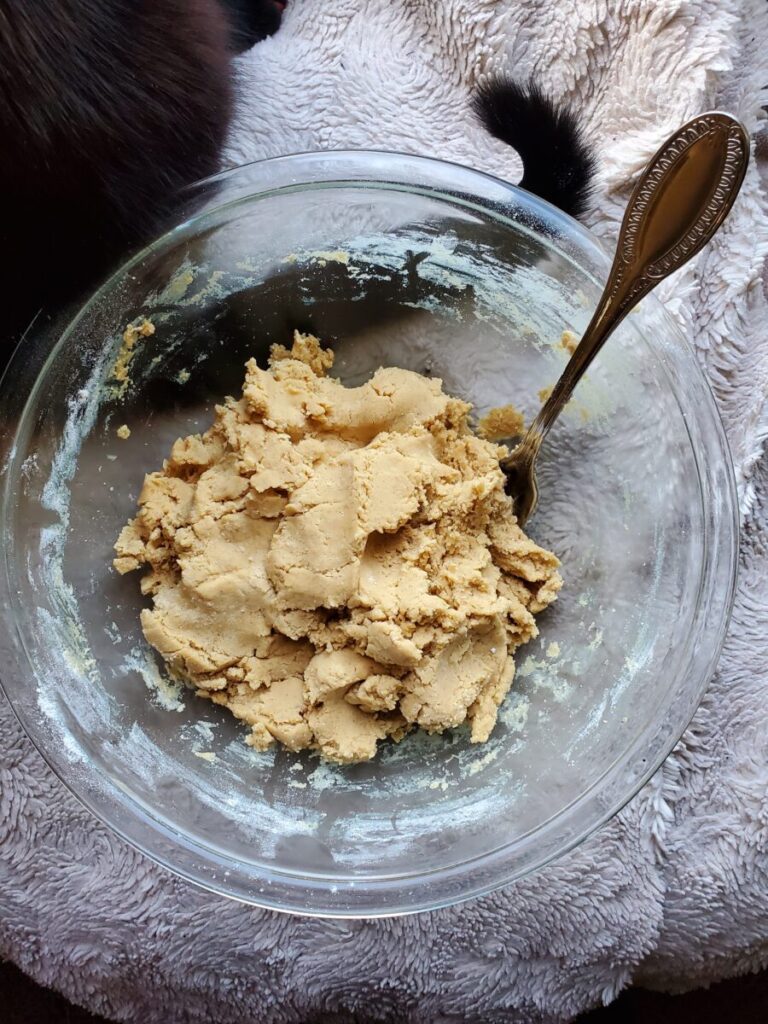
Tips for Baking Cookies
When it comes to actually baking the cookies, mixing them is one of the most important aspects.
Order of Ingredients
The order of ingredients is very important. It drives me nuts when recipes list ingredients out of order. I almost never read directions. If you know the fundamentals of how to make cookies, you should just be able to read down the list of ingredients and add one after the next! I can't stand it when recipes are constantly jumping around. Don't start with chocolate, go to butter, add in eggs, and then end up back up at flour!
You really do need to start with creaming the butter and sugar until light and fluffy. Then barely incorporate the egg. Followed by adding the dry ingredients (including flour, baking soda or powder, and any spices). Then mixing in any extras (i.e. fruit or nuts).
Ingredients at Room Temperature
All of the ingredients, including butter and eggs, should be at room temperature.
Make sure that the butter in particular is softened, but not melted. Do not microwave it! The butter is where your texture comes from. It needs to be warm enough to fully incorporate and whip. But not so warm that it's a liquid. If it's too warm, put back in the refrigerator until it begins to solidify again and start over with the softening process. If it is too cold and doesn't incorporate enough, place the bowl near a heater or carefully tilt the bowl at about a 45 degree angle and run the bottom of the bowl under warm water until it softens.
Mixing Ingredients
Not only is the order that you add ingredients important, but how much you mix each of them is essential as well.
I like to make cookies by hand with a fork. You can absolutely use a handheld or stand mixer. But I really enjoy the cookie baking process. There's something quite fulfilling in making something so decadent with love! This takes a little effort and elbow grease, though. What takes 2 minutes in a mixer will probably take you 15 by hand. It might be a kind of gluten for punishment scenario, though. If I'm going to make junk food, I might as well maaaaaaaaaaake junk food!?
Whipping the butter and sugar until light and fluffy is one of, if not the most, important step in baking cookies.
Do not overbeat the egg! It's better to have the egg not incorporated enough than too much. You just don't want the egg to be liquid on top.
It is highly recommended that you whisk the dry ingredients together. It will help to incorporate more easily into the butter mixture, which is essential to getting the correct consistency of cookies. But I do skip it sometimes if I'm in a hurry! For me at home? I probably won't. When baking for other people? Yeah, I'll go the extra mile! It's not like it's that tedious or time consuming.
I usually put slightly less flour than recommended in cookies. Not much less, maybe 1/8th of a cup at most. I wouldn't necessarily recommend this! Too little flour will prevent the cookies from rising properly. This can result in soupy cookies where the butter spreads out too much. But, when you get it right, the cookies are perfectly softened. Some people prefer a crunchy cookie. I am very firmly in the other camp! I want soft, chewy, buttery cookie.
Barely incorporate the dry ingredients. This is the exact opposite of the butter mixing process! When you add flour, over mixing will make the cookies dense and texturally unpleasant. In order to keep the airiness, mix as little as possible to stop seeing white pockets of flour.
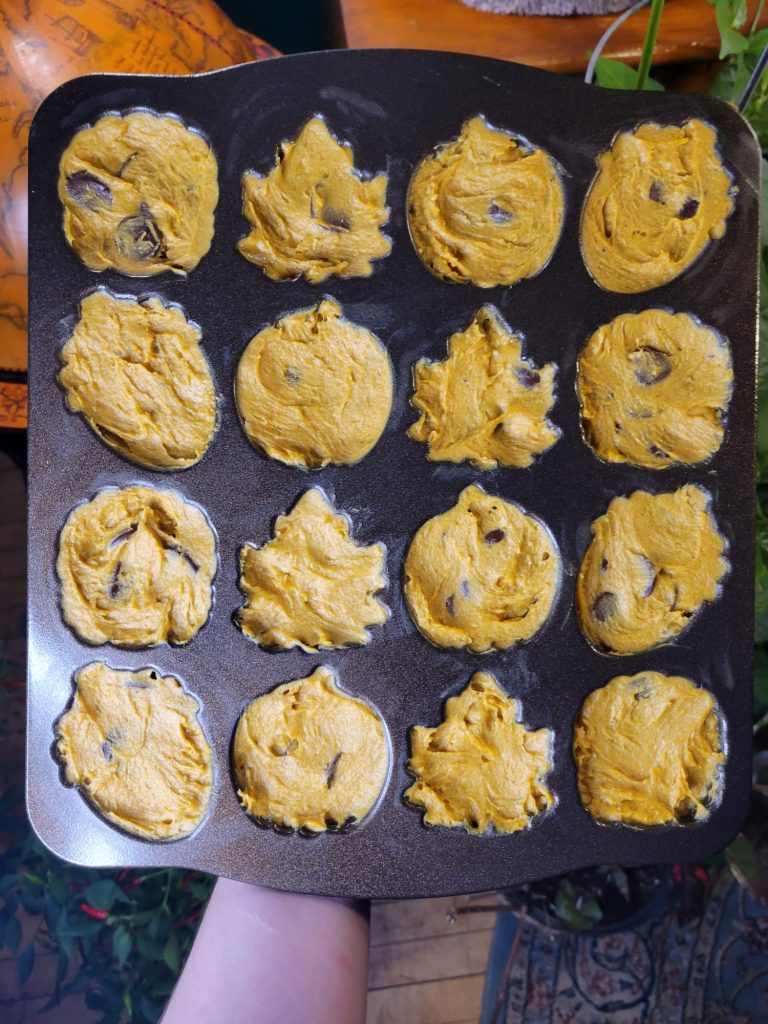
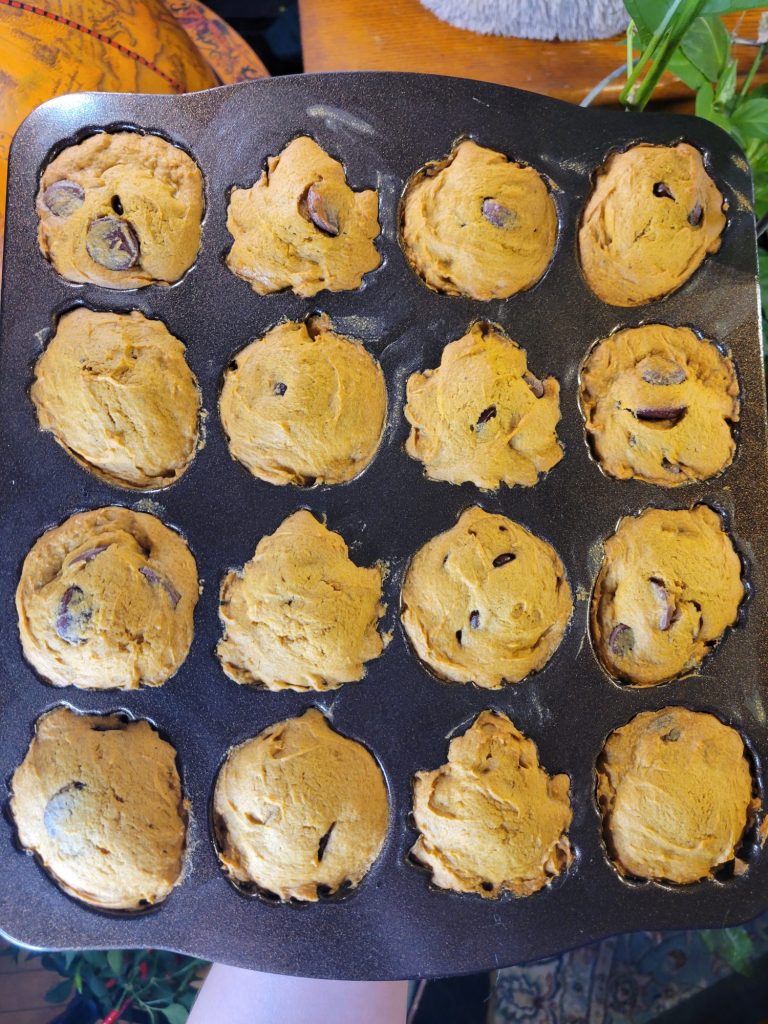
The Baking Part of Baking Cookies
It's better to undercook cookies slightly than overcook. The cookies will continue to bake as they cool slightly on the baking sheet.
Personally, I want cookies to be soft. Overcooking them make them hard and crispy. And usually not necessarily in a good way!
If you're going for a crispier cookie, there are recipes with slightly different ratios and typically higher amounts of sugar to make a crispier cookie. This is because sugar caramelizes as it bakes. In the right proportion, adding additional sugar will result in a crisper cookie as the sugar melts.
I wouldn't suggest doing this willy nilly. There is a science to baking. Experimentation will result in failure more times than not! Don't reinvent the wheel here. It's a lot easier to find a recipe that is specifically designed for a softer or crispier cookie.
It's also better to let the cookies sit for a minute or two before transferring to a cooling rack or tray to cool completely. If you move them too soon, they're likely to deflate or break apart. It's better to let them cool just a little bit before you attempt this endeavor!
Variations of Cookies
Some of my favorite cookie recipes are Mexican Wedding Cookies and Peanut Butter Blossoms. These are classic Christmas cookies that I have likely made every single year since Christmas! Although there are plenty of other cookie recipes out there for every occasion.
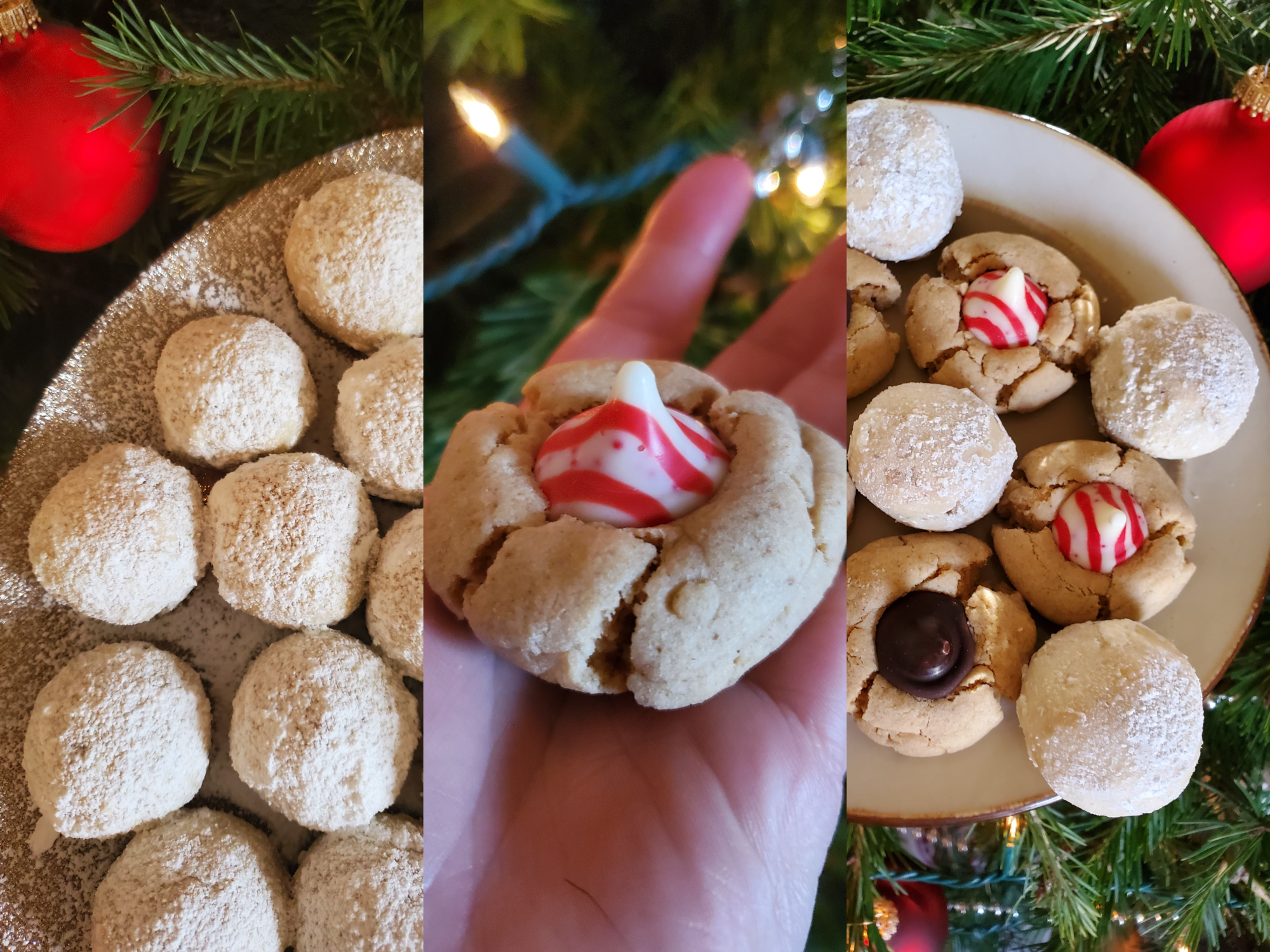
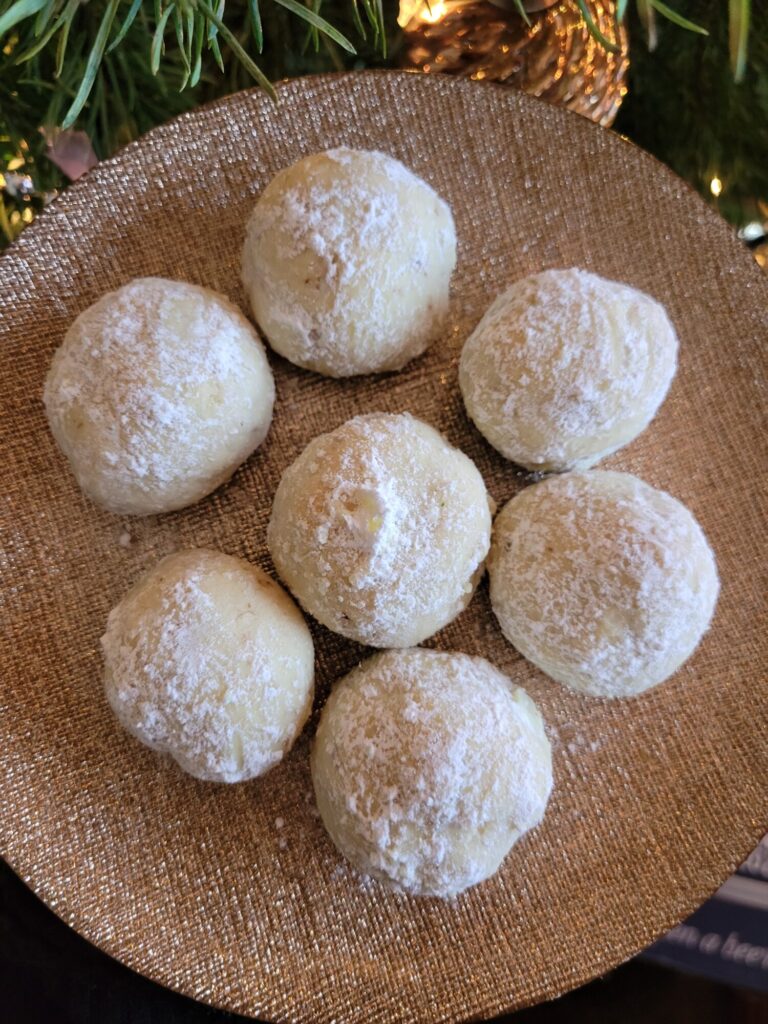

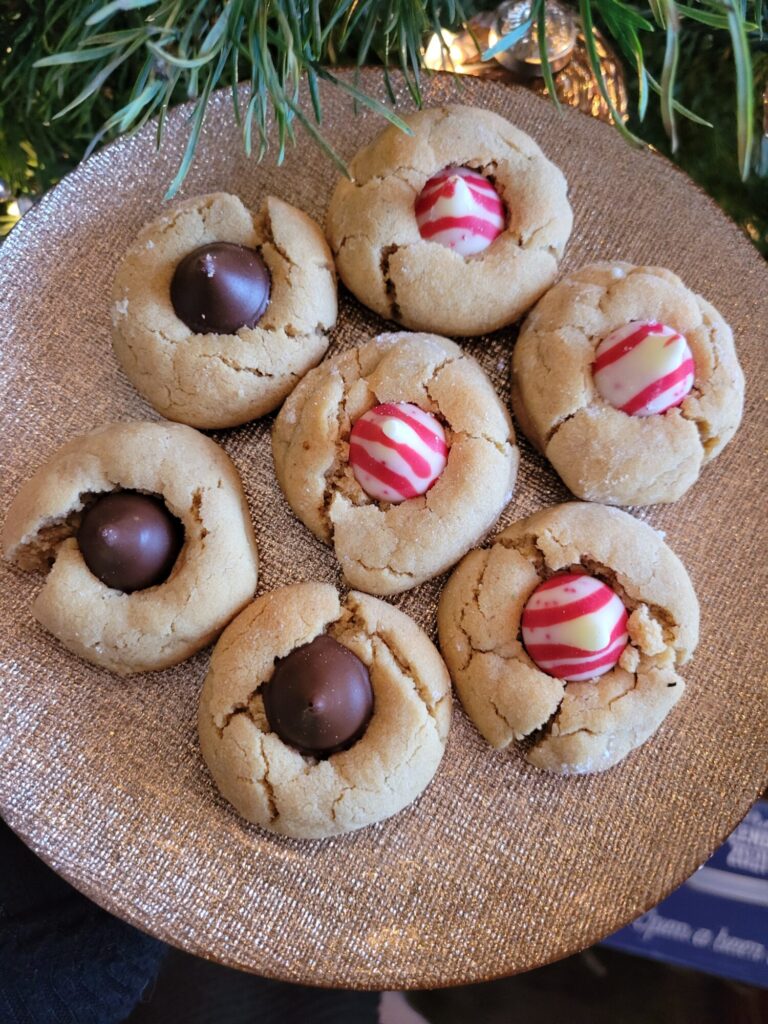
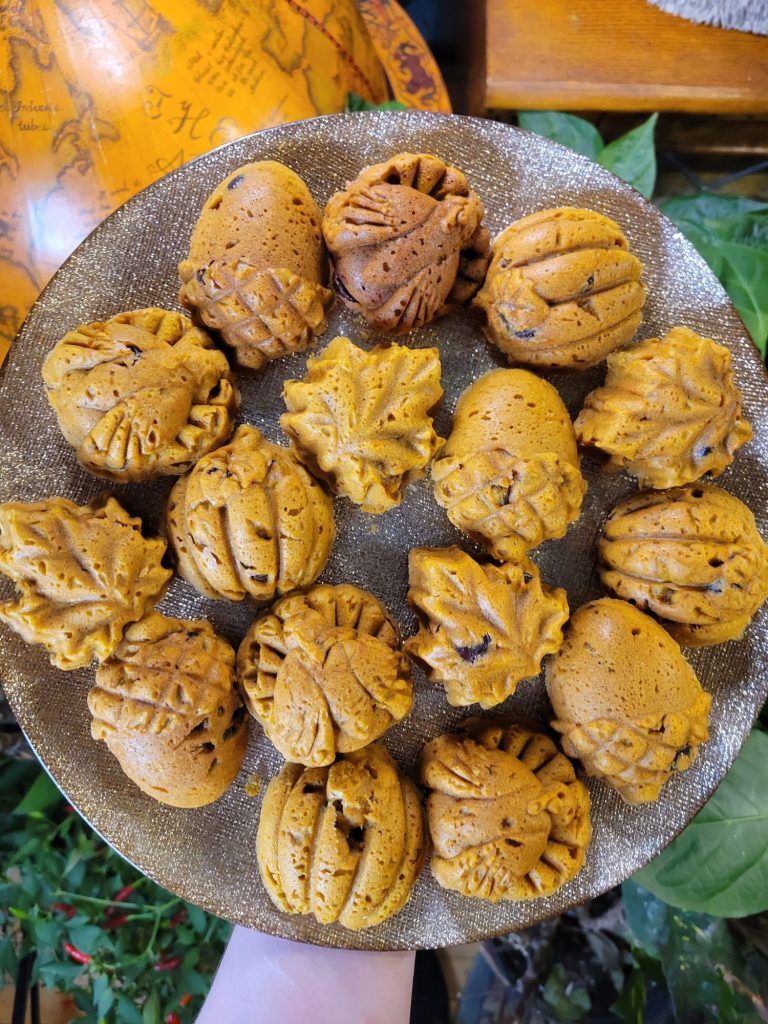
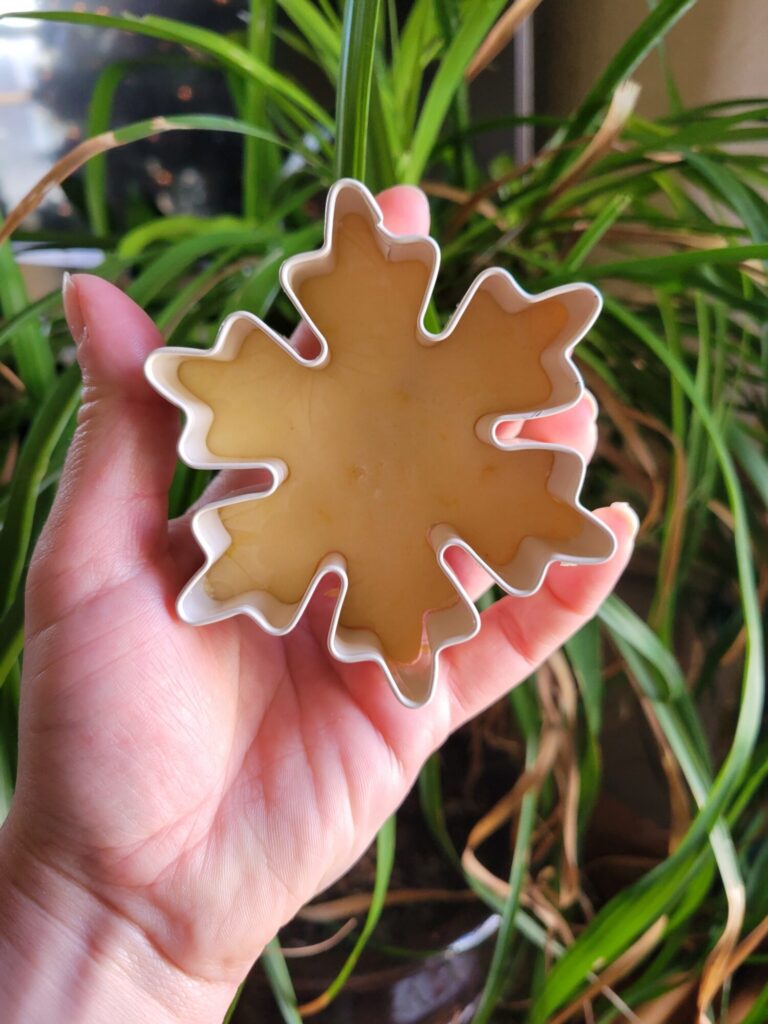
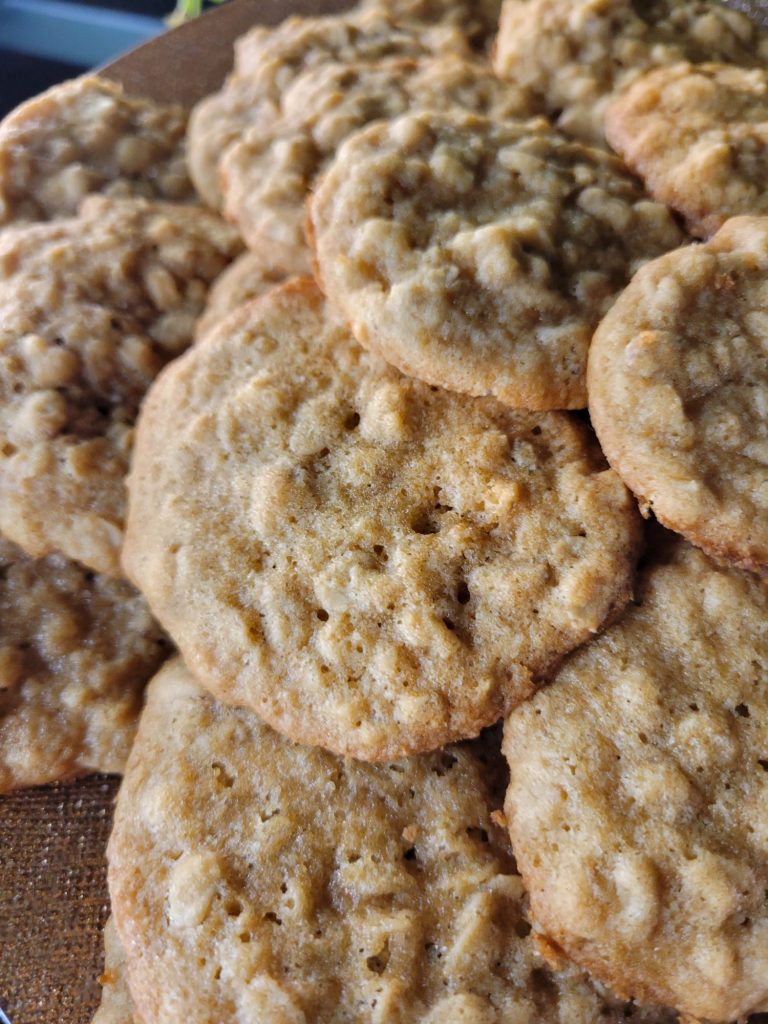
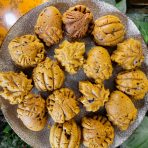
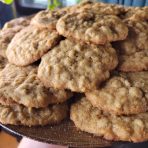
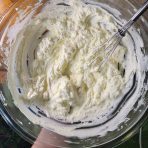
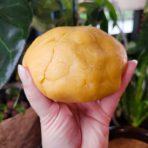
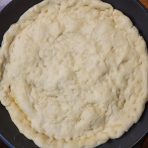
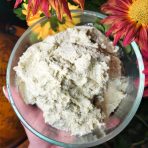
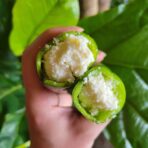
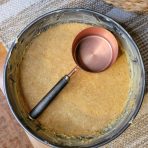
Leave a Reply